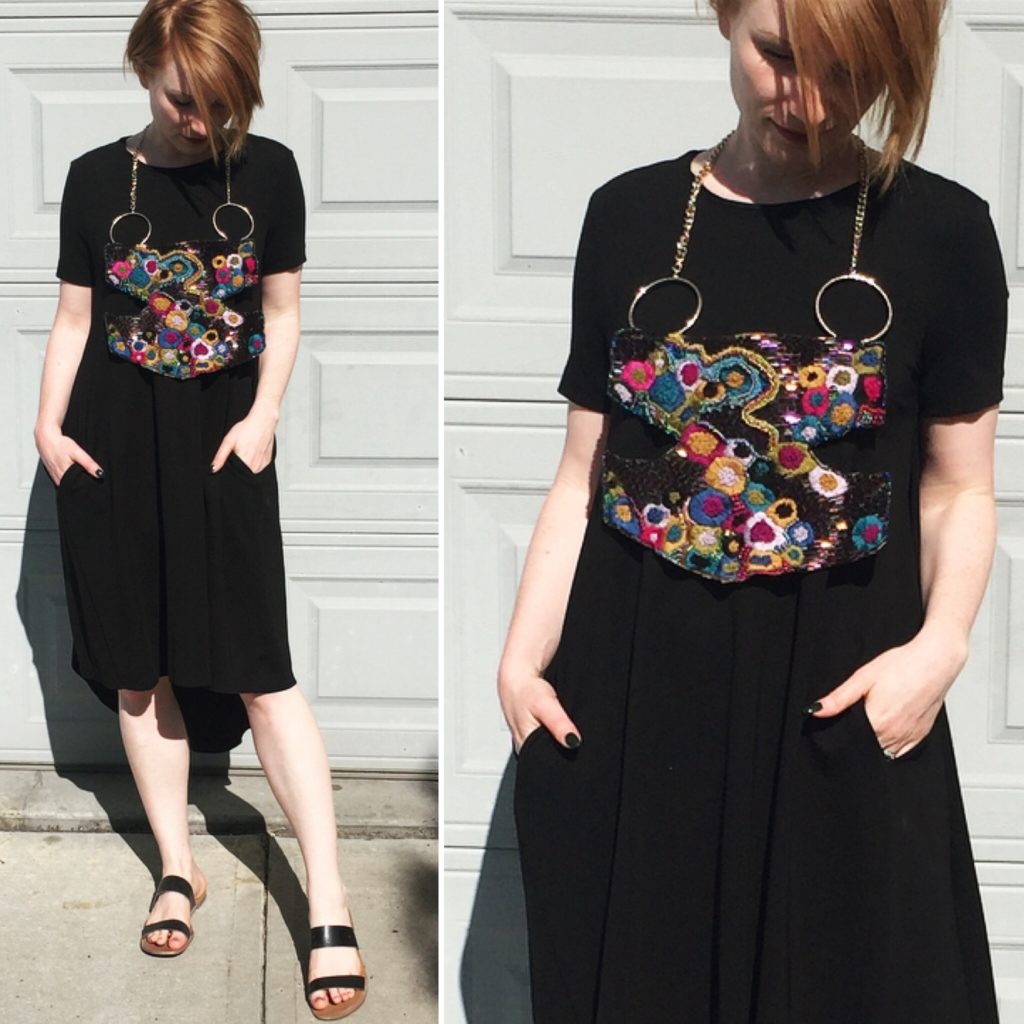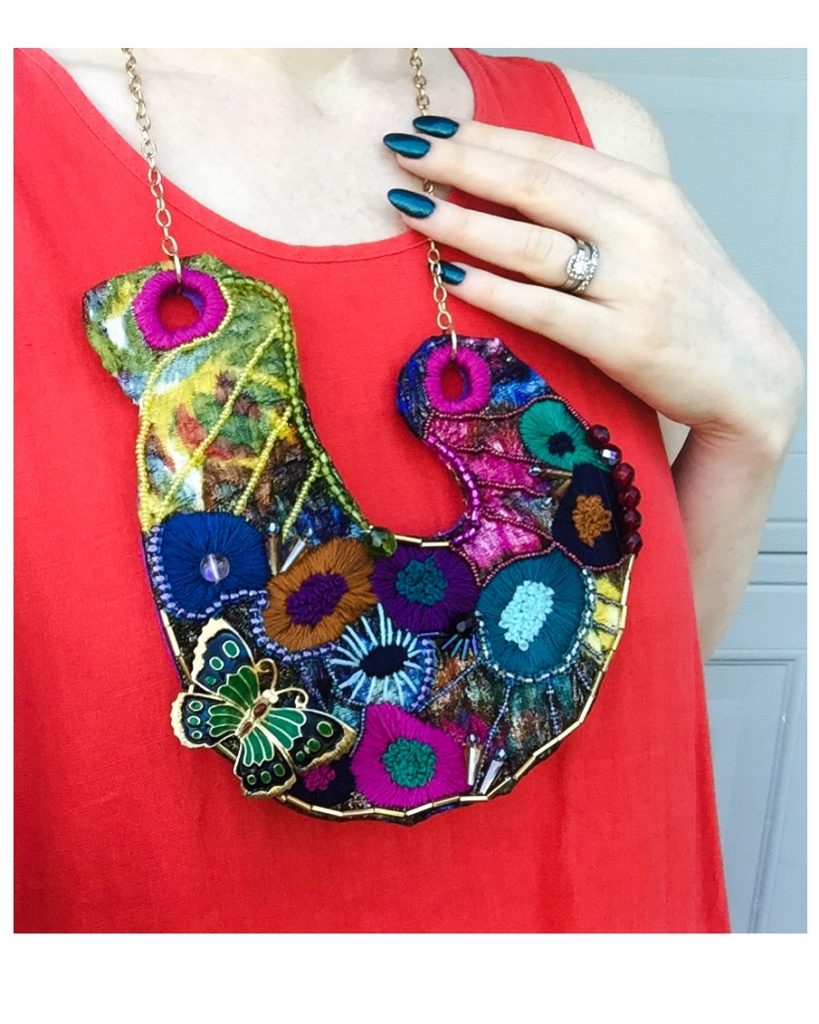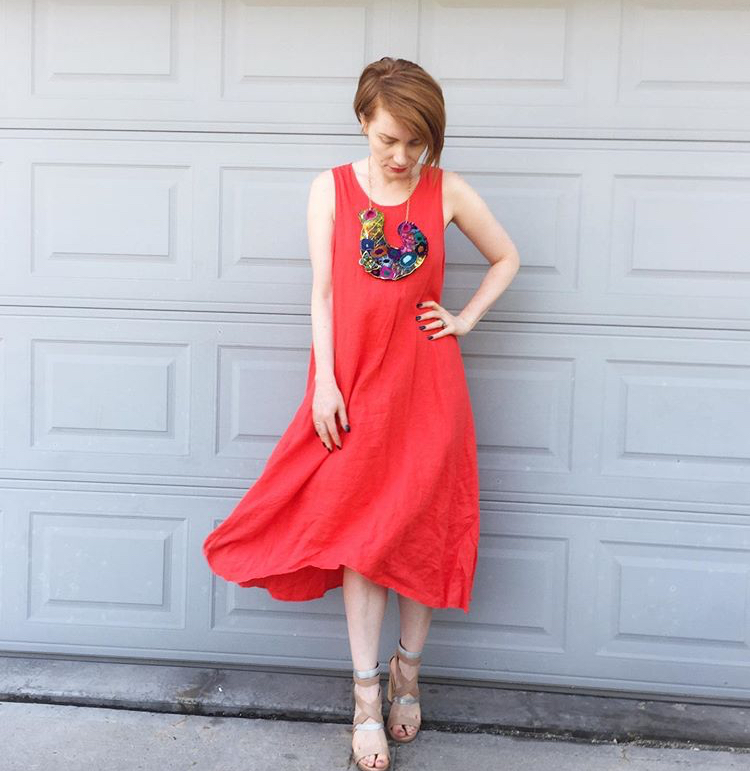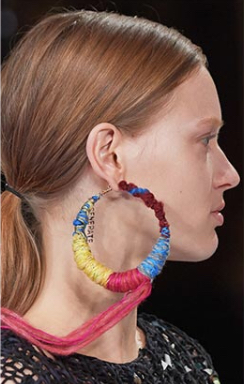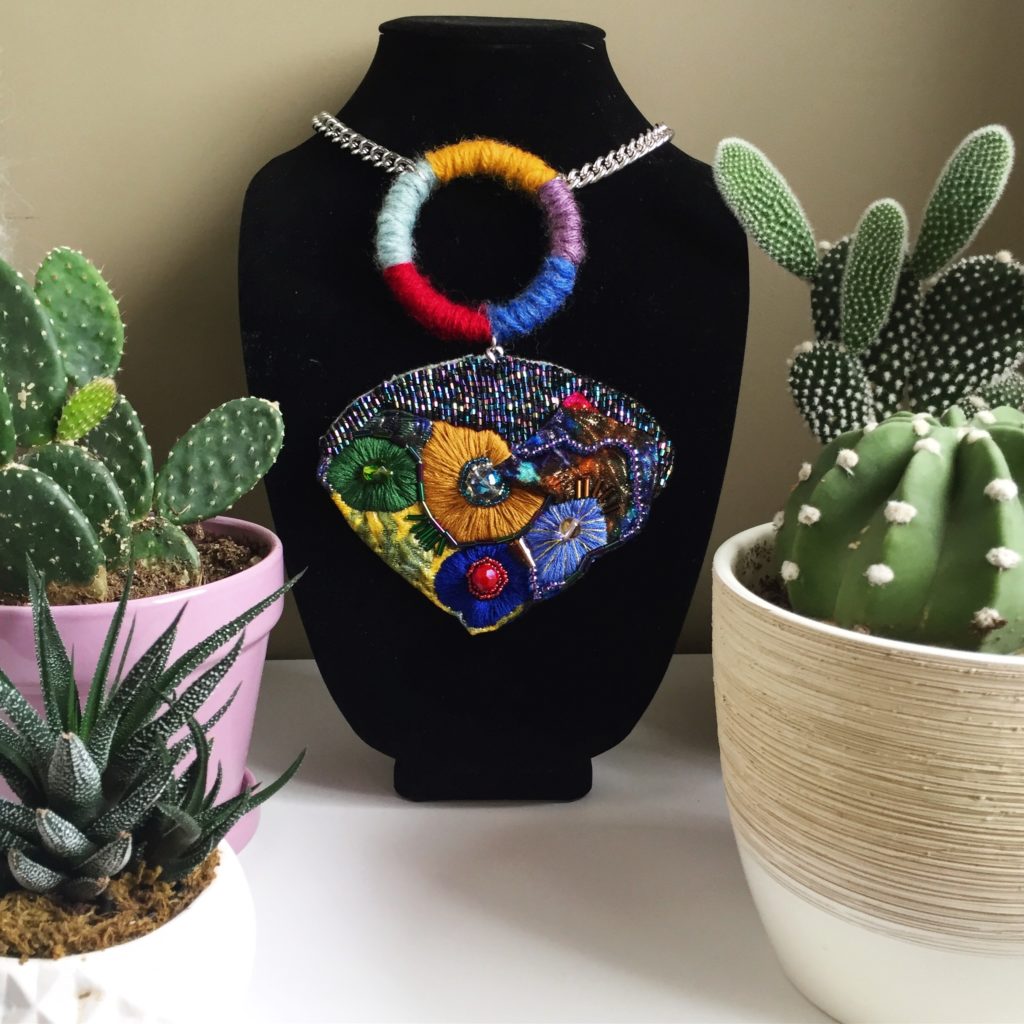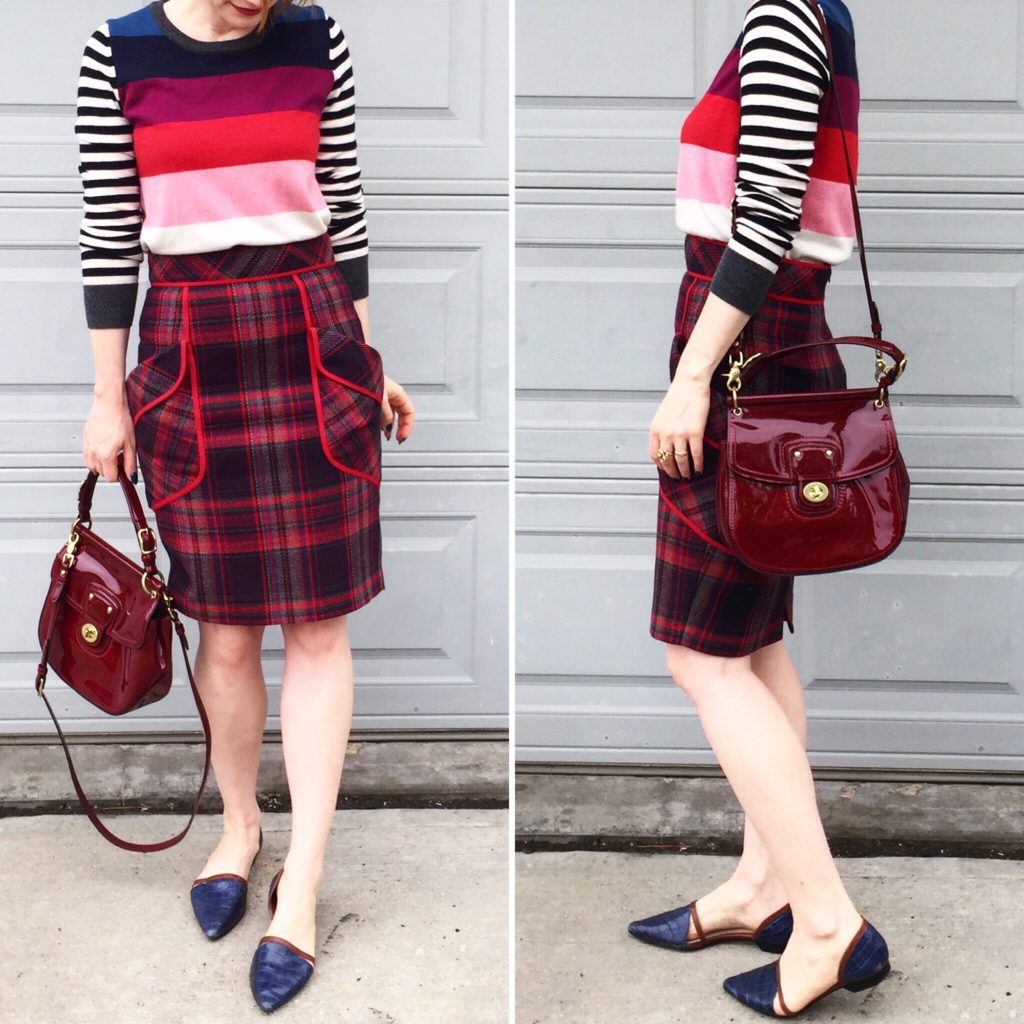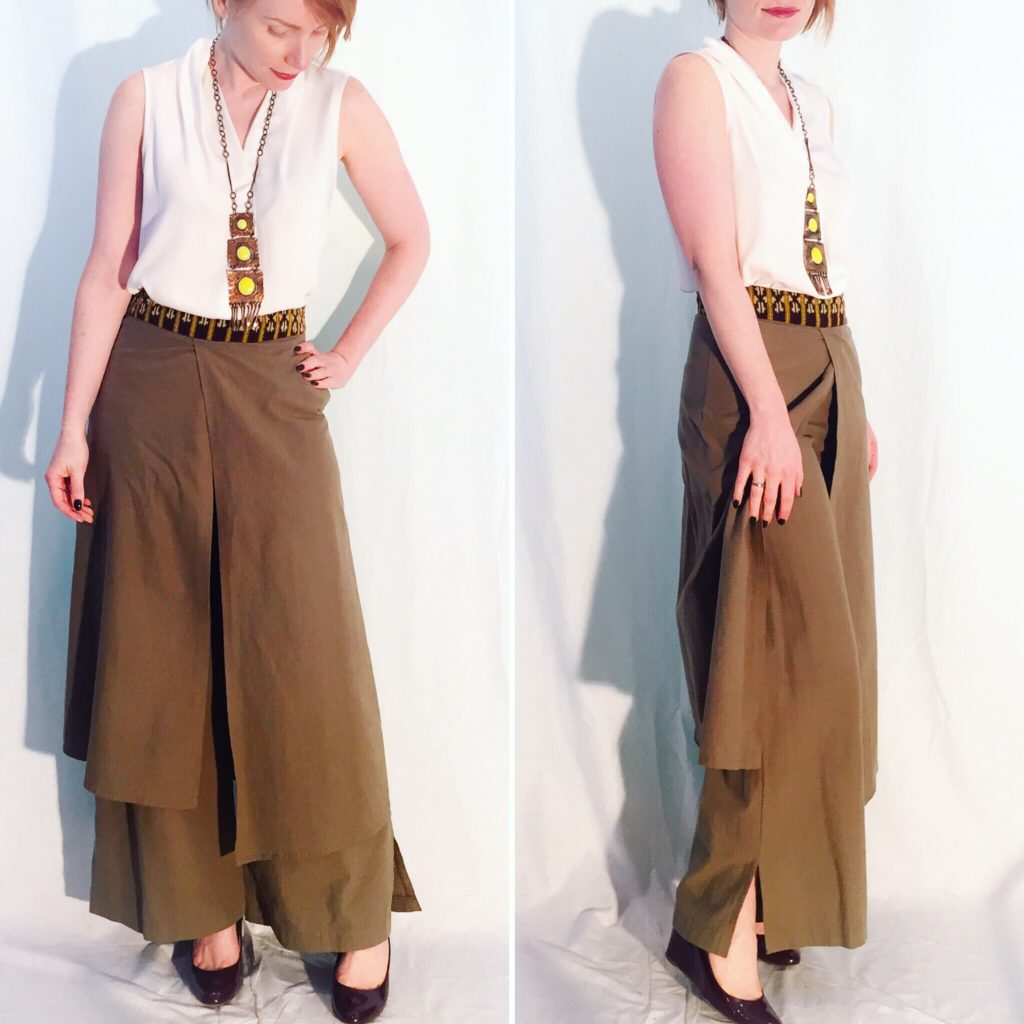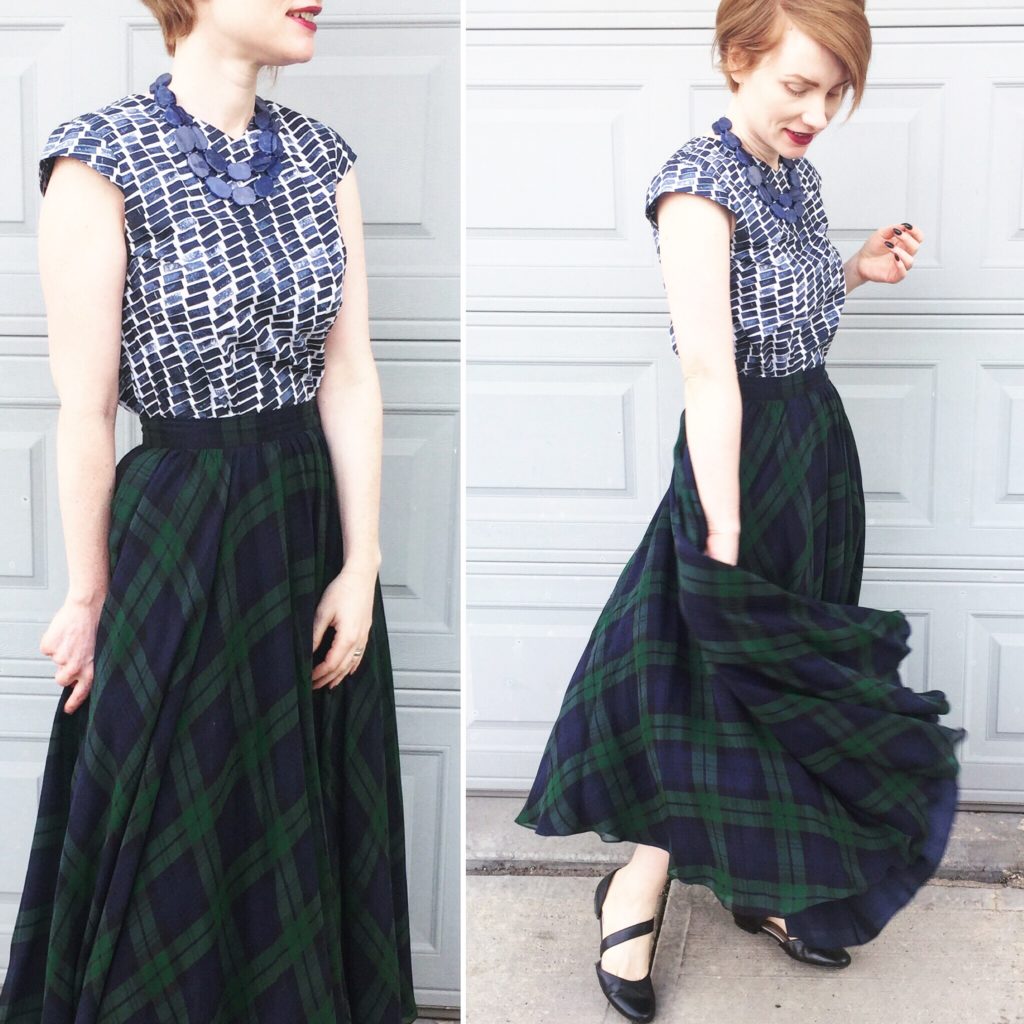Midsommar Style
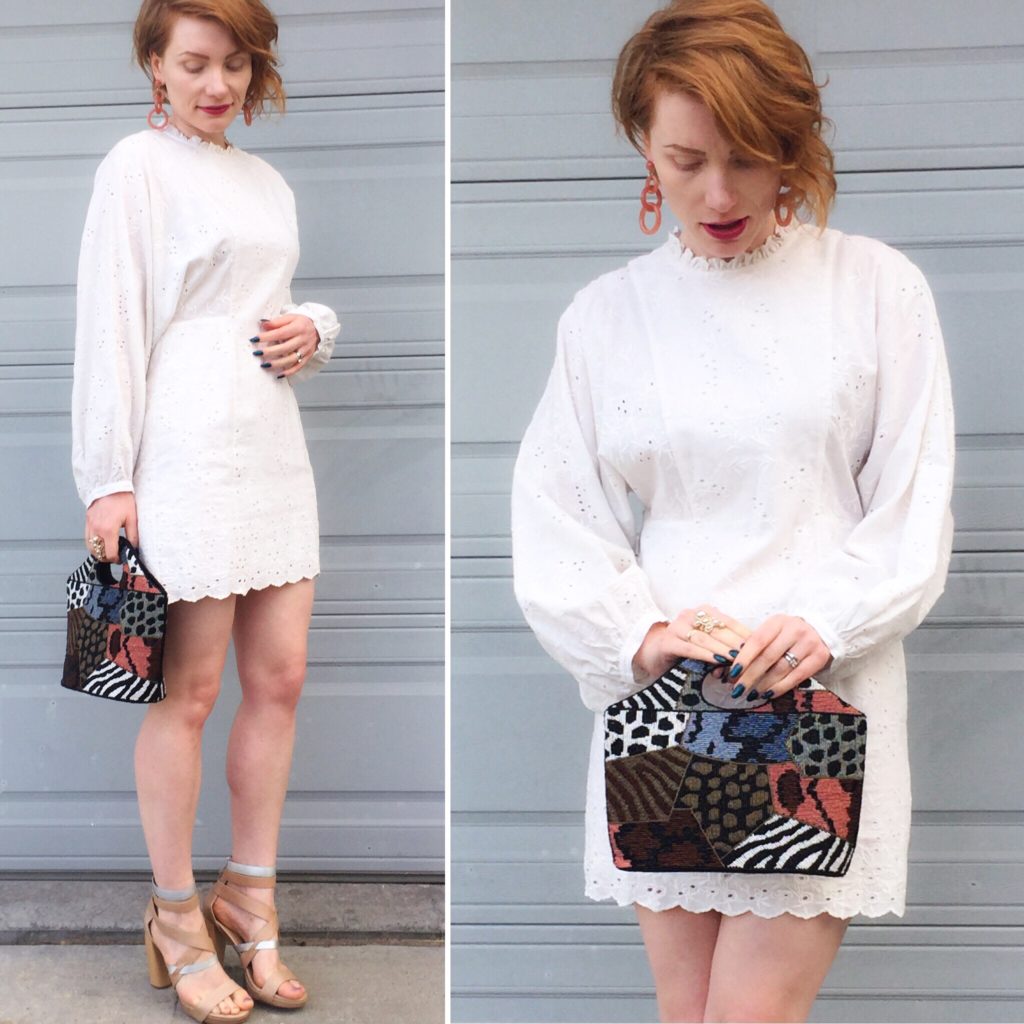
My best friend is obsessed with the movie Midsommar, including its aesthetic. I mentally dedicated this outfit to her because I can never now look at this Ulla Johnson dress without thinking “Scandinavian death cult” … but, like, in a good way? I guess my BFF’s influence is at work, because she is a huge horror movie fan and I am, well, a big chicken. But not when it comes to toting my most gaudy, very awesome beaded bag. When I first got it, I thought it would be the kind of item that only its owner (me) would love, but it turns out this thing is a compliment-magnet. Oooooor people just need an excuse to account for staring, haha!
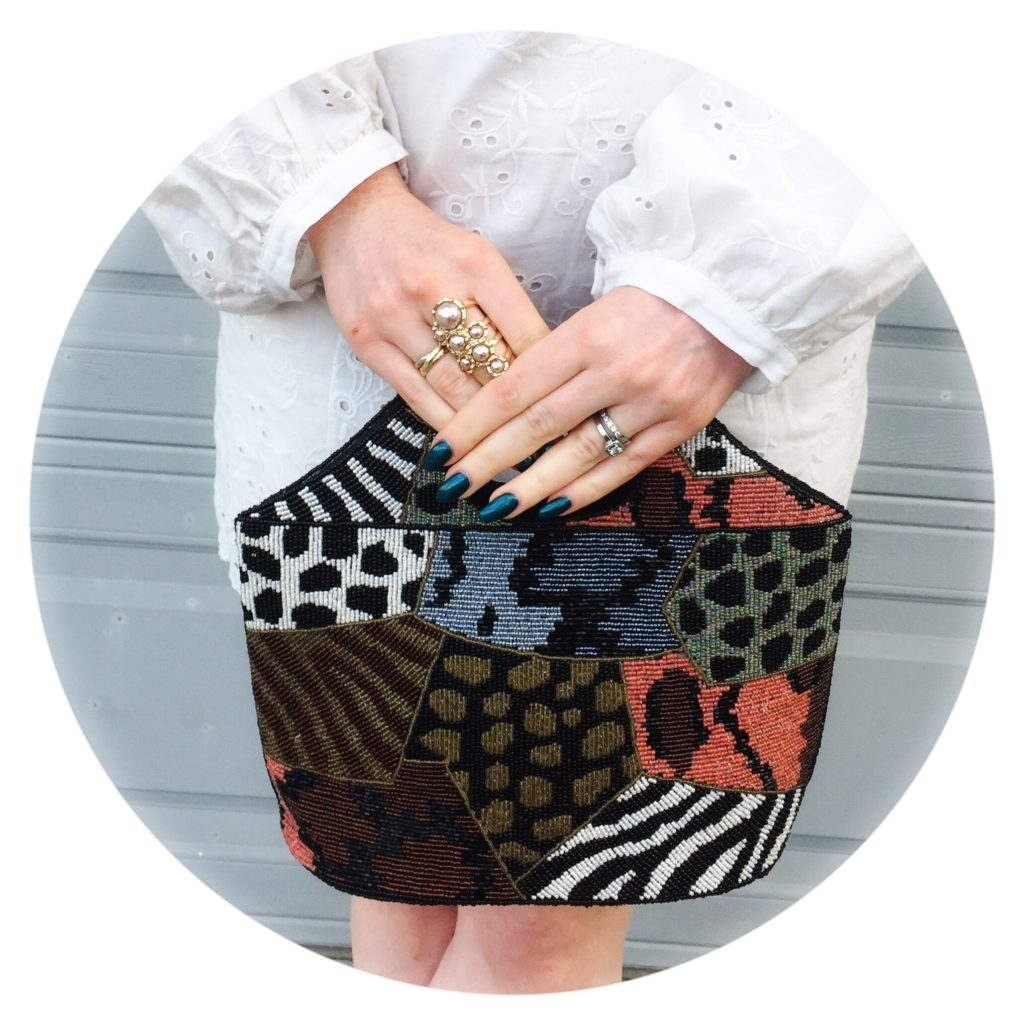
Notes: Ulla Johnson dress (retail, $13); Anthropologie earrings (retail, on sale, can’t remember $); Modern Vintage sandals (thrifted, $7.50); vintage bag (thrifted, $10).
Please, Sir, May I Have More Plaid
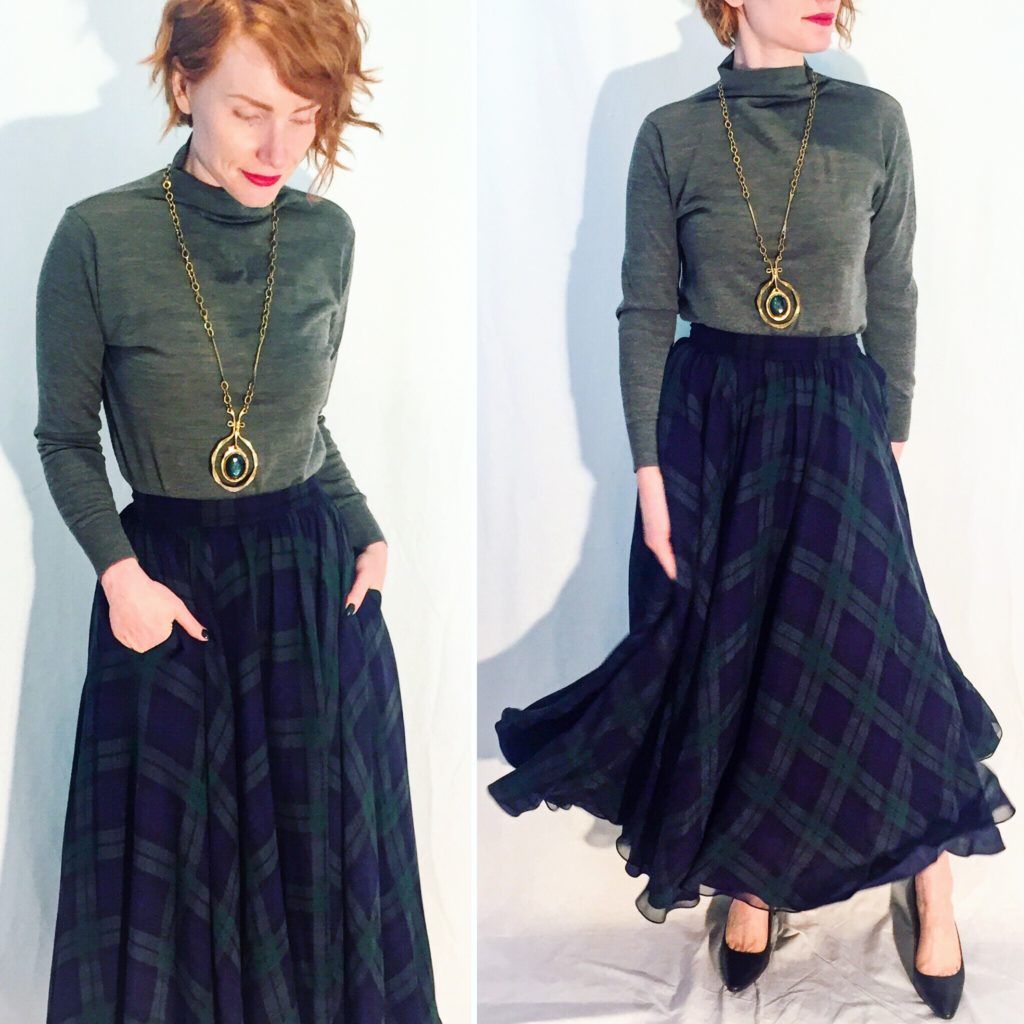
The answer is always … YES. More plaid, especially in this particular skirt form. I can’t get enough. I feel like I’m an extra on the set of Outlander when I wear this, which adds just enough of a frisson for my otherwise mundane workday. I’ve paired it with blue in the past, so now it was time to try green – my favourite green sweater, to be precise. I just realized that I wore this sweater at my interview for my current job, and then this particular outfit on my 2-year work anniversary, and now I am extra pleased with my style (and life) choices.
Notes: Selected Femme sweater (retail, $40); Ralph Lauren skirt (thrifted, $6.50); Rafael Canada necklace (eBay, $80); Cole Haan shoes (thrifted, $10).
Linen Dreams
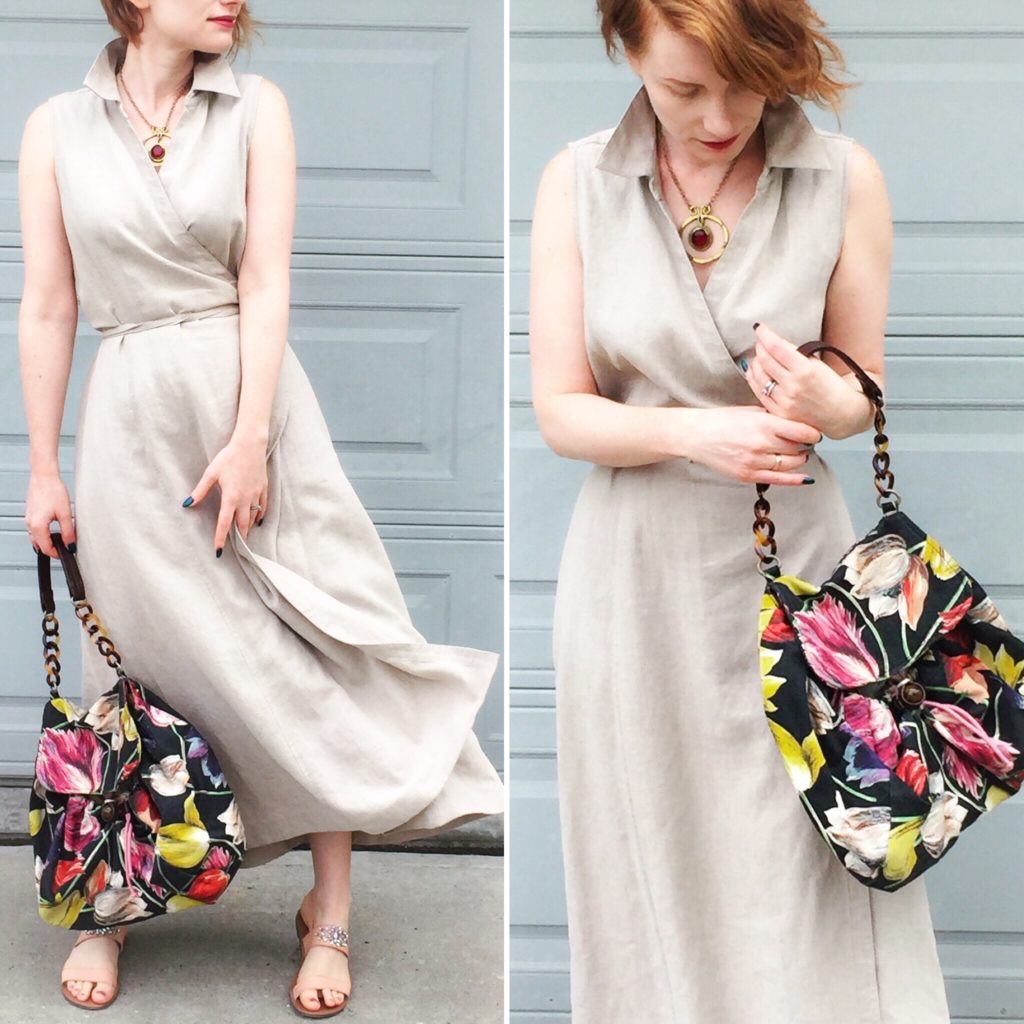
We haven’t had much of a summer, so it’s nice to occasionally get the chance to wear something, well, summery. The last time I wore this dress, I layered it over a thin turtleneck; I thought about attempting some other kind of layering this time around then decided – hey, it’s a nice enough dress on its own. I get caught up in trying to do interesting things with layers, and textures and proportions but, sometimes, simple is enough. I did add a little necklace because the neckline was just perfect for it, and a floral bag for a bit of colour. Simple, but effective.
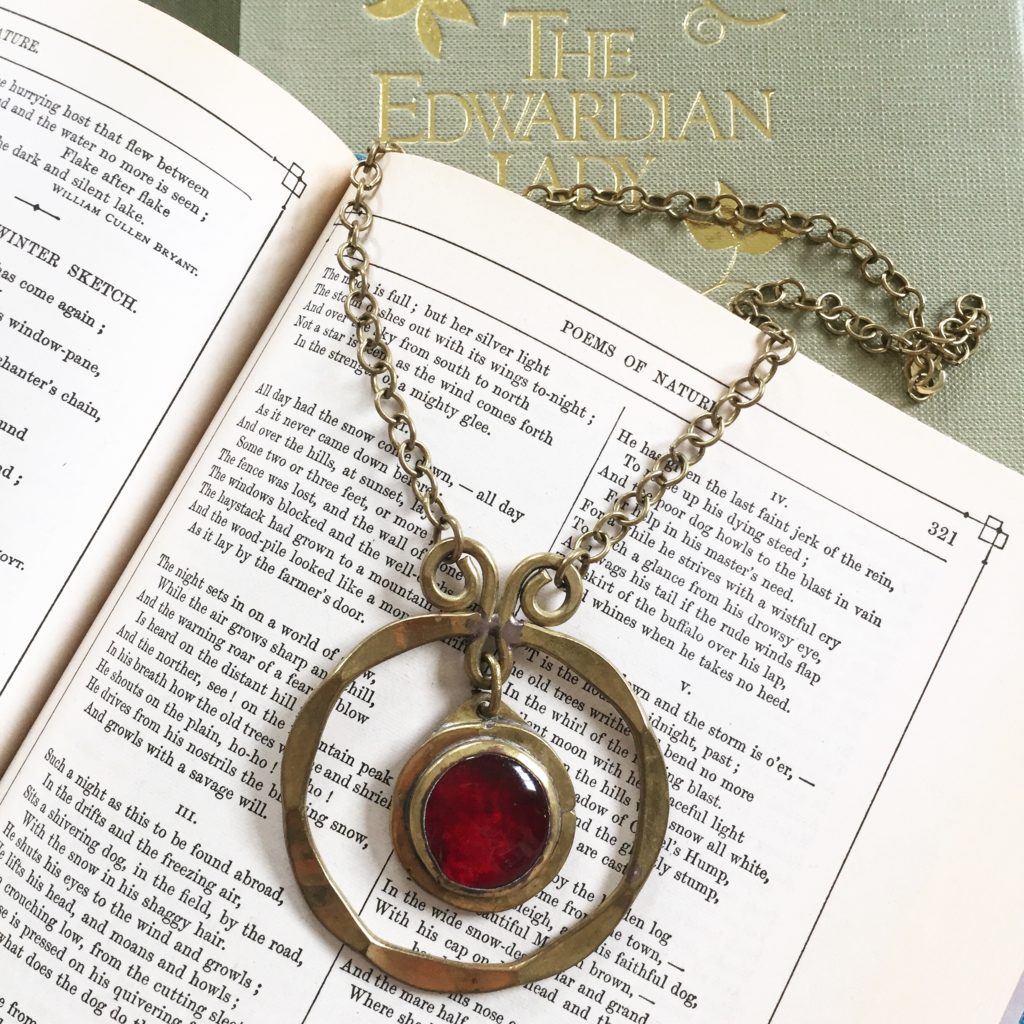
Notes: Ungaro dress (thrifted, $8.50); Rafael Canada necklace (eBay, $60); J. Crew Factory sandals (retail, $40); Miss Albright bag (secondhand, don’t remember $).

